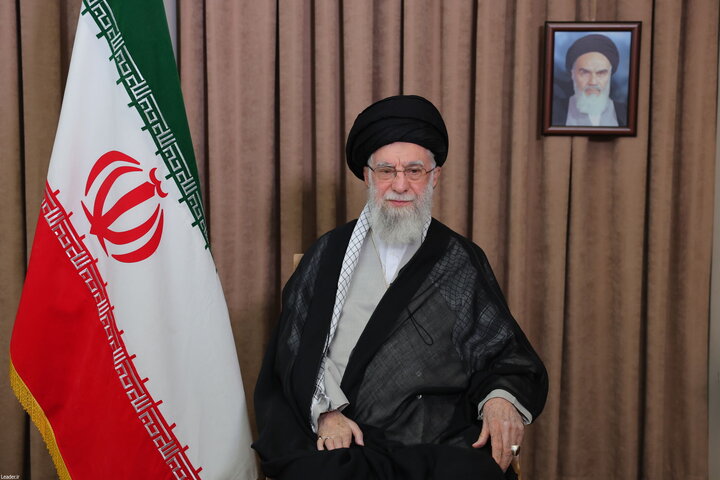- Ayatollah Ali Khamenei, 86, has not been seen in public since June 18, 2025.
- Reports suggest he was moved to a secure bunker amid Israeli airstrikes.
- Senior Iranian military leaders have been killed, intensifying the crisis.
- Succession planning is reportedly underway, excluding his son Mojtaba.
- U.S. President Trump claimed knowledge of Khamenei’s location, further raising tensions.
For nearly a week, Iran’s Supreme Leader, Ayatollah Ali Khamenei, has been absent from the public eye—an unusual occurrence for a figure who has held absolute authority over the Islamic Republic for over three decades. This absence, noted by political insiders and reported by The New York Times, comes amid an escalating conflict with Israel and heightened U.S. involvement, raising questions about his whereabouts and the implications for Iran’s political stability.
Khamenei, 86, is Iran’s ultimate decision-maker, wielding control over the military, judiciary, and key state institutions. His last public appearance was a recorded video message on June 18, 2025, where he vowed that Iran would not surrender to Israeli or U.S. pressure. Since then, silence.
According to Iran International, he may have been relocated to a secure bunker in Lavizan, northeastern Tehran, as early as June 13, 2025. Reports cite that he was accompanied by his family, including his influential son Mojtaba. Other unconfirmed reports on social media point to alternative locations like Dajban Barracks or even Mashhad.
Military Losses and Escalation
Israel’s recent air campaign—described as the most severe since the Iran-Iraq War—has decimated Iran’s top military leadership. Senior IRGC figures including Hossein Salami and Amir Ali Hajizadeh were reportedly killed in targeted strikes. According to Reuters, Khamenei has ceased electronic communication and speaks only via a trusted aide.
Iran’s intelligence ministry has since instructed officials to avoid using cellphones and remain underground. Such moves reflect serious concern over Israeli intelligence penetration within the regime.
This Isn’t the First Time
Khamenei has gone underground before—in September 2024—after Hezbollah’s Hassan Nasrallah was assassinated. According to Reuters, the elite Vali-ye Amr unit arranged his security relocation then. But this time, the strikes have caused broader damage: 585 people have been killed, including 239 civilians, per a Washington-based Iranian human rights group. Iran’s retaliatory missile strikes have waned, reportedly due to destroyed launch infrastructure.
Succession Planning and Regime Fragility
Succession speculation has grown louder. Both The New York Times and Reuters report that Khamenei named three clerics as possible successors—excluding his son Mojtaba, despite his strong IRGC ties. A succession committee created two years ago has now accelerated talks, with figures like Hassan Khomeini emerging as reform-minded candidates.
Tensions Inside and Out
President Trump’s statement, and his reported veto of an Israeli plot to assassinate Khamenei (as per CBS News), underscores Washington’s complex posture—exerting pressure without inducing chaos. Domestically, The Atlantic reports whispers of dissent among Iranian elites. Meanwhile, figures like Reza Pahlavi, Iran’s exiled crown prince, are calling for open revolt.
Beyond personalities, Iran’s alliance structure is crumbling. Nasrallah is gone. Syrian President Bashar al-Assad was ousted in December 2024. Iran’s “Axis of Resistance” is fractured. Khamenei’s invisibility exacerbates the regime’s vulnerability, especially as Israeli and U.S. operations continue to reveal critical weaknesses.
Conclusion
Khamenei’s public silence may be tactical, but it sends a signal of instability. Whether hidden in a bunker or orchestrating from the shadows, the Supreme Leader’s absence highlights a regime under siege—from both within and abroad.
The Islamic Republic has endured crises before, and its opaque mechanisms—like the Assembly of Experts and the Guardian Council—are designed to preserve continuity. But this time feels different. As war rages, and the Iranian public watches for a sign, the question looms: can the unseen leader still lead?

